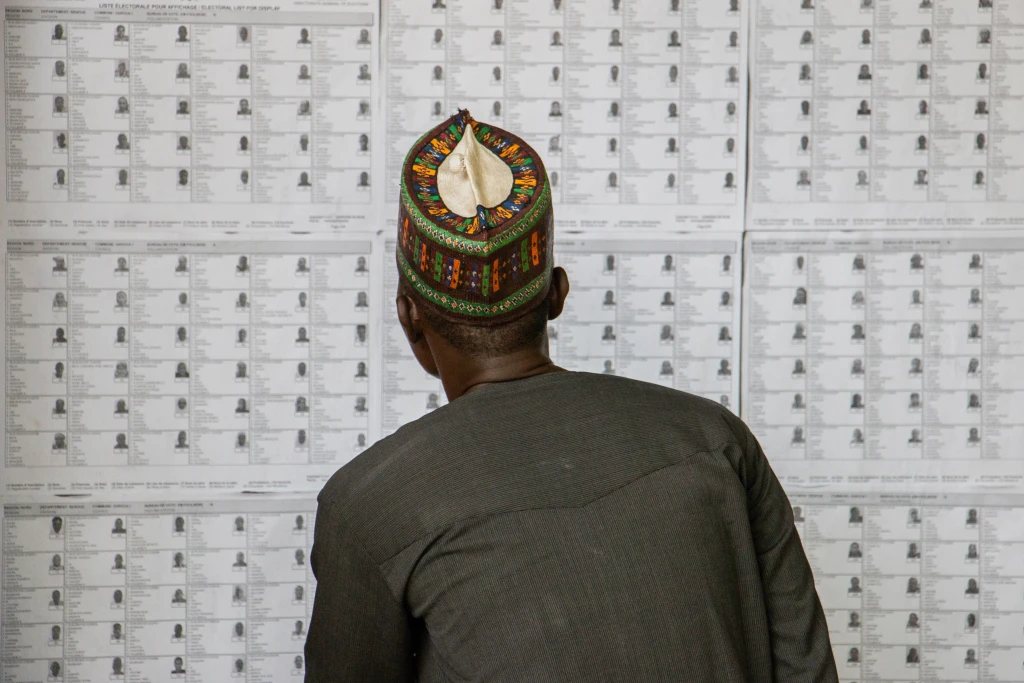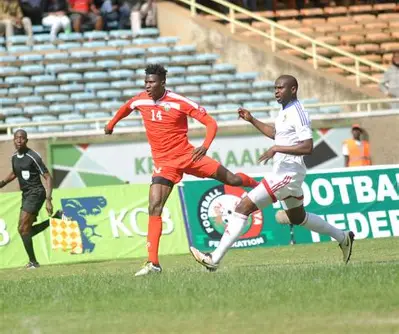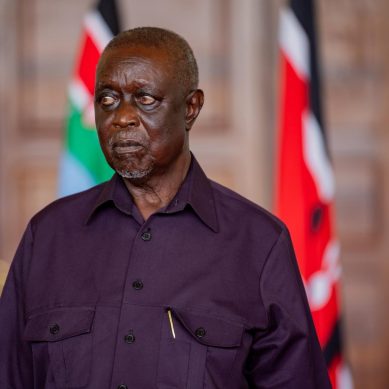Kenya and international partners have invested Ksh9.46 billion ($7.3 million) to support 110,000 rural small-scale farmer households to boost livestock production and increase their incomes in 10 counties across country.
The six-year project being implemented as part of Kenya Livestock Commercialisation Project (KeLCoP) is supported with funding from the International Fund for Agricultural Development (IFAD) and Heifer International.
Between independence in 1963 and the onset of World Bank-prescribed structural adjustment programmes in the early 1980s, western Kenya counties of Kakamega, Bungoma, Busia and Trans-Nzoia were leading producers of milk. SAPs deprived the government resources to maintain agricultural extension services leading the collapse of the dairy industry.
Speaking in Kakamega during a validation visit, KeLCoP national project coordinator, Prof Moses Kembe, said the project focuses on four value chains of rearing of indigenous poultry, beekeeping, sheep farming and dairy and goat meat production.
Prof Kembe observed that the project is providing productive employment and food security opportunities for women, youth and marginalised segments of the population who keep small ruminants (sheep, goats for meat and dairy goats) and locally improved chicken and beekeeping.
“The project is focusing on improving opportunities for the rural poor to enable them increase their output by starting commercialization of their livestock,” he said.
Livestock keeping is key in Kenyan household incomes and human nutrition through milk and meat. “However, production potential is usually not fully utilised, attributable to a number of challenges including unimproved local breeds, diseases and in adequate feeds and feeding. Often the primary cause of these challenges are confounded by farmers’ lack of technical knowledge on animal husbandry, feeding and inaccessible technologies that would otherwise contribute to increase productivity,” says the International Livestock Research Institute (ILRI) in a report published in 2017.
The report that covers the five counties in western Kenya notes further, “Kenya’s’ increasing human population has led to small land holdings, as land is subdivided over generations leading to livestock intensification. In a rural household set up, cattle offer more than income and nutrition. Manure is often used to fertilize cropland that would otherwise require external inorganic fertilizers, thus offer efficiency in nutrient cycling. In addition, cattle act as insurance against monetary requirements, that are more than a household can cope with in case need arises, for example, college fees could be met by proceeds from sale of cattle.”
The project covers Kakamega, Bungoma, Elgeyo Marakwet, Baringo, Marsabit, Samburu, Busia, Siaya, Nakuru and Trans Nzoia.
The aim is to contribute to the government’s Agricultural Transformation Agenda by increasing incomes for rural small-scale farmers and improving nutrition and food security.
In Kakamega, the project supports 18,844 small scale livestock households, especially youth and women in four small livestock commercialisation areas in Lugari and Lumakanda sub-counties, Isukha Central in Shinyalu Sub-County, Kisa Central in Khwisero Sub-County and Marama Central in Butere Sub-County in Kakamega County.
He said the project is expected to come to an end in September 2027.
- A Tell / KNA report / By George Kaiga







